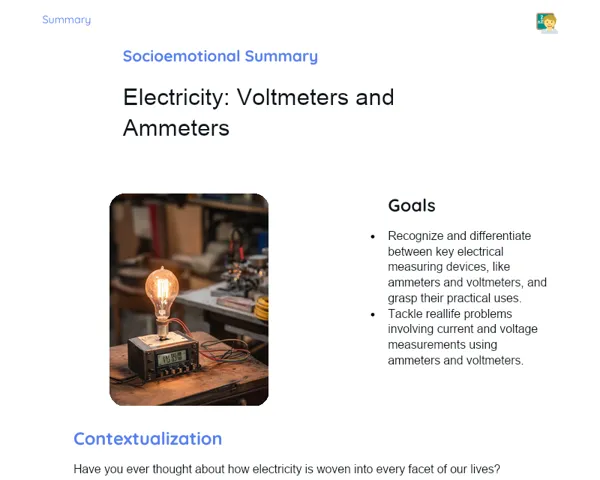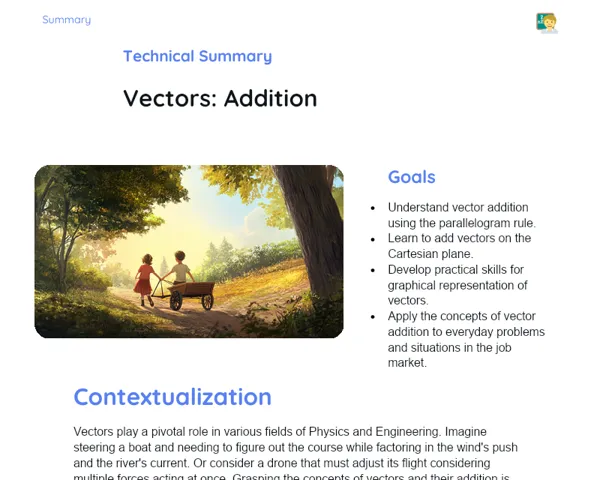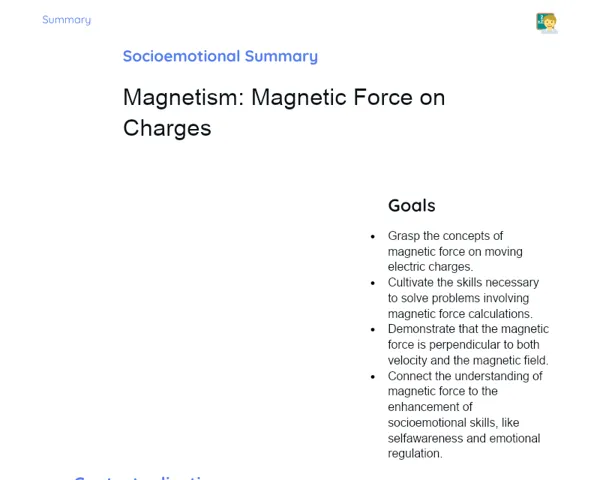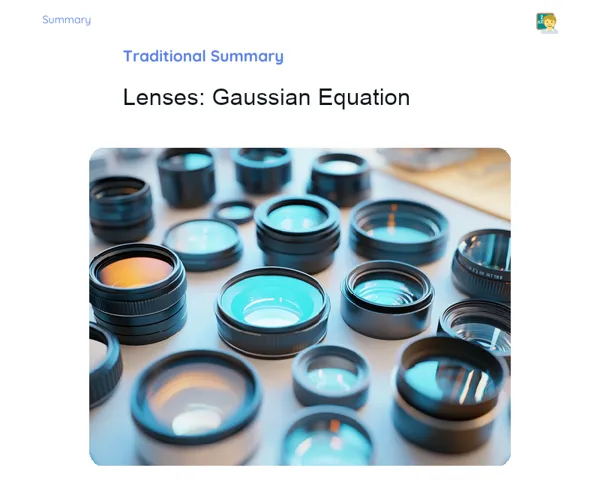Objectives
1. 🎯 Grasp the definition and characteristics of Uniform Circular Motion (UCM).
2. 🎯 Learn to calculate and comprehend angular variations, period, and angular velocity in various practical situations related to UCM.
3. 🎯 Utilize mathematical and physical principles to tackle real-life and hypothetical problems centered on UCM.
Contextualization
Uniform Circular Motion isn't just a captivating topic in physics; it's a foundational element of several contemporary technologies. For instance, did you know that the hard drives of computers use UCM principles to read and write data? Whenever you save a file, a tiny arm moves rapidly in a circular motion over the disk, swiftly accessing the needed data. By understanding UCM, we can appreciate how these physical principles underpin the operation of so many devices we encounter daily.
Important Topics
Angular Velocity
Angular velocity indicates how fast an object moves along a circular pathway, measured in radians per second (rad/s). In the context of Uniform Circular Motion (UCM), the angular velocity stays constant, showing that the object covers equal angles in equal time intervals.
-
The standard unit for measuring angular velocity is radians per second, but it can be converted to revolutions per minute (rpm) for clearer understanding in practical scenarios.
-
In UCM, angular velocity is directly linked to tangential velocity and inversely related to the radius of the circular path, which is essential to grasp how changes in the radius impact the speed of objects in circular motion.
Period
The period is the time it takes for an object to make one complete rotation along its circular path. In UCM, where the angular velocity is constant, the period remains unchanged, providing a dependable time measure for the motion.
-
Period is inversely related to angular velocity, meaning the higher the angular velocity, the less time it takes for a complete rotation, a crucial point in mechanical and electronic systems that depend on precise rotations.
-
Determining the period allows engineers and physicists to create systems and equipment that work in sync, such as pistons in engines or gears in wristwatches.
Angular Variation
Angular variation signifies the angular change an object experiences as it moves along a circular path. In UCM, this variation is consistent over time, defining uniform motion.
-
Angular variation is key for determining the exact location of an object at any moment along its circular path, which is vital for precision in robotics and automation.
-
Comprehending angular variation aids in analyzing circular movements, such as satellites in orbit or the ticking of a clock's hand.
Key Terms
-
Uniform Circular Motion (UCM): The motion of an object along a circular path with a constant angular velocity and no tangential acceleration.
-
Angular Velocity (ω): The rate of angle change concerning time, measured in radians per second (rad/s).
-
Period (T): The time required to complete one full rotation along the circular path, measured in seconds (s).
-
Angular Variation (Δθ): The difference in the angle covered by the object in circular motion, measured in radians (rad).
For Reflection
-
How do you think angular velocity influences the working of mechanical devices you use daily?
-
Why is finding the period crucial in systems reliant on circular motions, like watches or vehicle wheels?
-
In what ways can studying UCM lead to technological advancements in areas such as robotics and transport?
Important Conclusions
-
Today, we delved into the intriguing realm of Uniform Circular Motion (UCM), gaining insight into how objects navigate circular paths with a steady angular velocity. We covered key ideas like angular velocity, period, and angular variation, essential for various technological and scientific applications.
-
We looked at how these concepts manifest in everyday items and technology, such as computer hard drives and the movement of rides in amusement parks. These instances illustrate how physics is inherently tied to the operation of many devices around us.
-
We enriched our learning through hands-on activities that let us explore the concepts discussed, equipping us to apply this knowledge in even broader contexts.
To Exercise Knowledge
- Determine the angular velocity of a ceiling fan that makes 150 revolutions per minute (rpm). Convert this speed to radians per second.
- Use a stopwatch to measure the period of a carousel at an amusement park or from an online video, and find its angular velocity.
- Sketch a circle and mark points every 30 degrees. Calculate the angular variation between non-consecutive points and discuss its relevance to UCM.
Challenge
Build a small model of a carousel using recyclable materials at home. Attempt to get it spinning with a constant angular velocity and record its period using a stopwatch. Share a video of your carousel in action with the class!
Study Tips
-
Regularly review the formulas for angular velocity, period, and angular variation to bolster your understanding and ability to implement them in diverse contexts.
-
Watch online videos showcasing circular motions in real life, such as figure skaters or planets in orbit, and try to compute their angular velocities for extra practice.
-
Discuss with your friends or family how UCM relates to everyday objects, like bicycle wheels or clocks, to deepen your comprehension through conversations.



